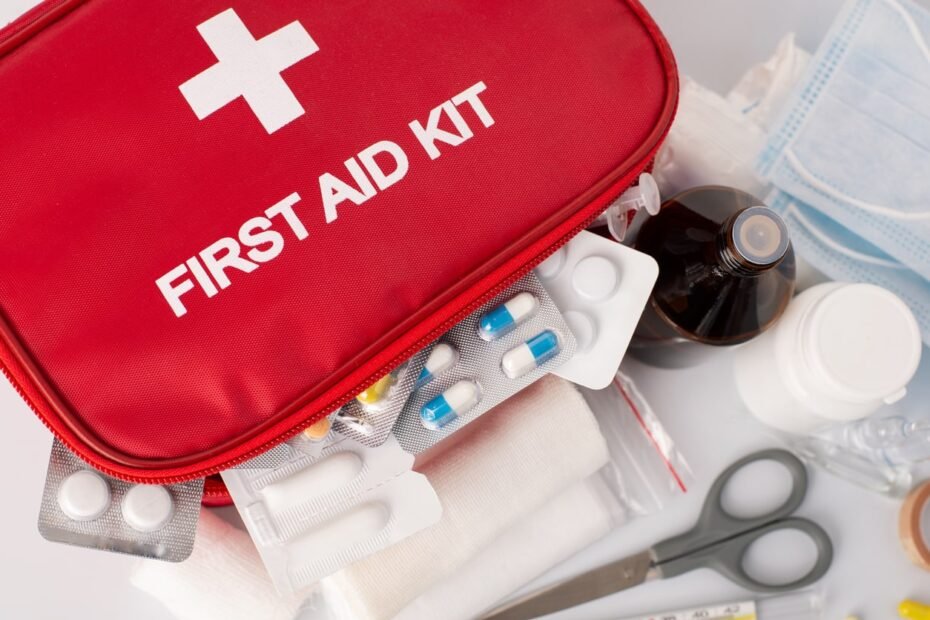Accidents can happen when you least expect them.
Even at home we can be comfortable so we have to be prepared for an emergency.
Having your own first aid kit at home will go a long way in giving the family a sense of relief and medication in case something bad happens.
If you do not already have the right one, below are some of the things you should include if you decide to combine one.
1. Container:
To keep things organized, you need something to hold on to. All of this comes down to preferences though depending on what is available to you.
Some of the items you can use in backpacks, bags, or large plastic containers. For small items such as tablets and capsules, one can use small bottles or plastic bags to hold them together.
The point is to have everything you need to keep it in one place for easy access in case of an emergency.
2. Emergency Telephone Numbers:
It does not say what we can or cannot do if we are scared which is why it is equally important to keep the telephone numbers of doctors, dentists, and local hospitals.
Make sure you place them somewhere visible in the fridge or on the table so people can easily identify and make phone calls.
3. Bacteria:
Wounds, bites, and cuts are some of the most common health problems we face at home and the best way to treat them is to clean them quickly to avoid irritation and possible infections.
With that said, be sure to keep an antiseptic, hydrogen peroxide, and painkiller in your first aid kit. Just be sure to wash your hands thoroughly with soap before cleaning the wound using these antiseptics.
4. Creams and Ointments:
Another important first aid kit should always be the various creams and oils we use to treat wounds.
These may include petroleum jelly, aloe vera gel, and anti-itch cream among others. With small cuts and burns, Vaseline petroleum jelly can be good because it can help with the flow of oxygen and can make your wounds heal faster.
5. Painkillers:
No first aid kit will ever be complete without pain relievers because pain relief should always be immediate.
A bottle of acetaminophen, aspirin, and ibuprofen (or all three) would be good to have. Aspirin is good for treating pain, fever, and joint pain while Ibuprofen is best used for muscle pain. Acetaminophen has the same effect as aspirin. The only difference is that it is anti-inflammatory.
It’s best to have all three in your kit so you have everything you need and have a choice when it happens.
6. Bandages:
You do not need to visit your doctor if you experience minor cuts, burns, sprains, and problems. Such injuries are easily treated with the use of a wide range of bandages and wraps.
Adhesive bandages and gauze are best used to control and stop bleeding while splints of aluminum are effective in providing support for moving limbs.
7. Medical Equipment:
Every first aid kit should also have a few essential medical supplies that can be used for a few important purposes.
One such device is a thermometer used to monitor body temperature. Tweezers will also come in handy especially if you need to remove splinters or any small items embedded inside the skin.
For quick relief from aches and pains, a quick cold compress will also be helpful and if someone at home suffers from high blood pressure, the Sphygmomanometer should also be part of your kit.
Other helpful items that provide quick relief should also be included which is why over the counter medications used to treat allergies, food poisoning, and colds should also be part of your first aid kit.
Final Thoughts
There is no accident or emergency that cannot be overcome if you have everything you need to deal with such situations. A home-based first aid kit that should contain all of the above items should give you everything you need to deal with any sudden health problems that may arise.

